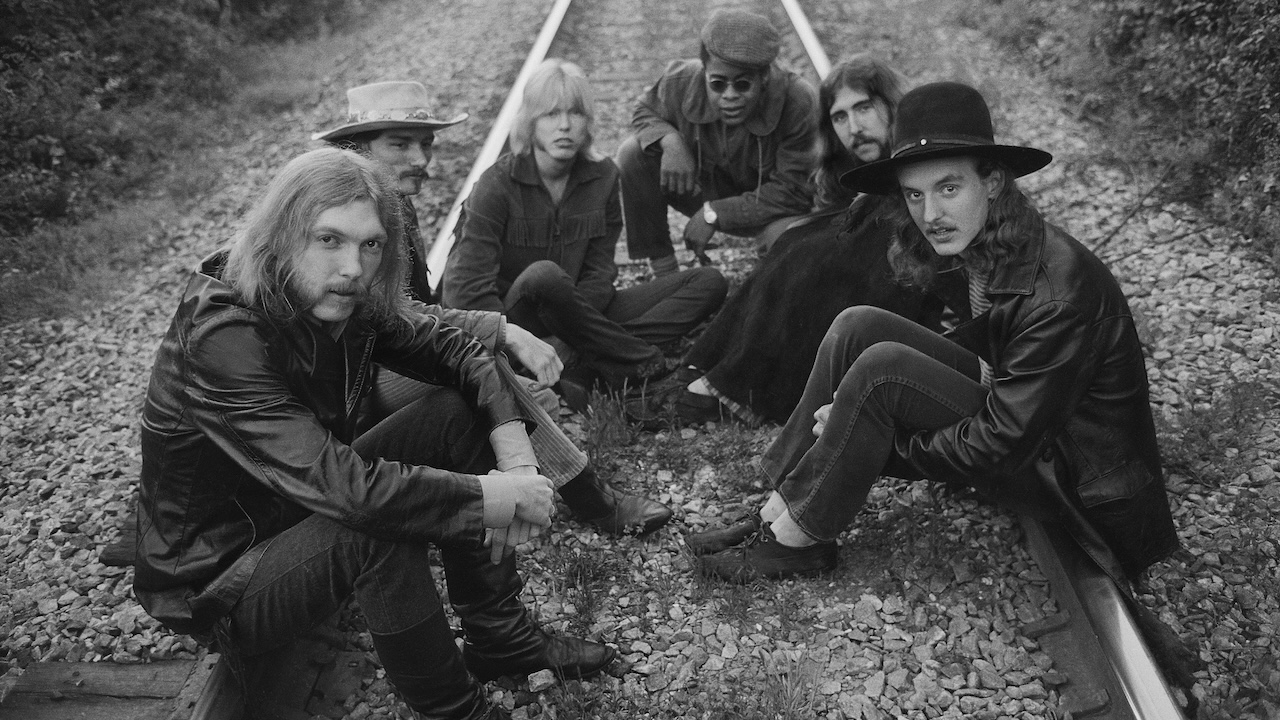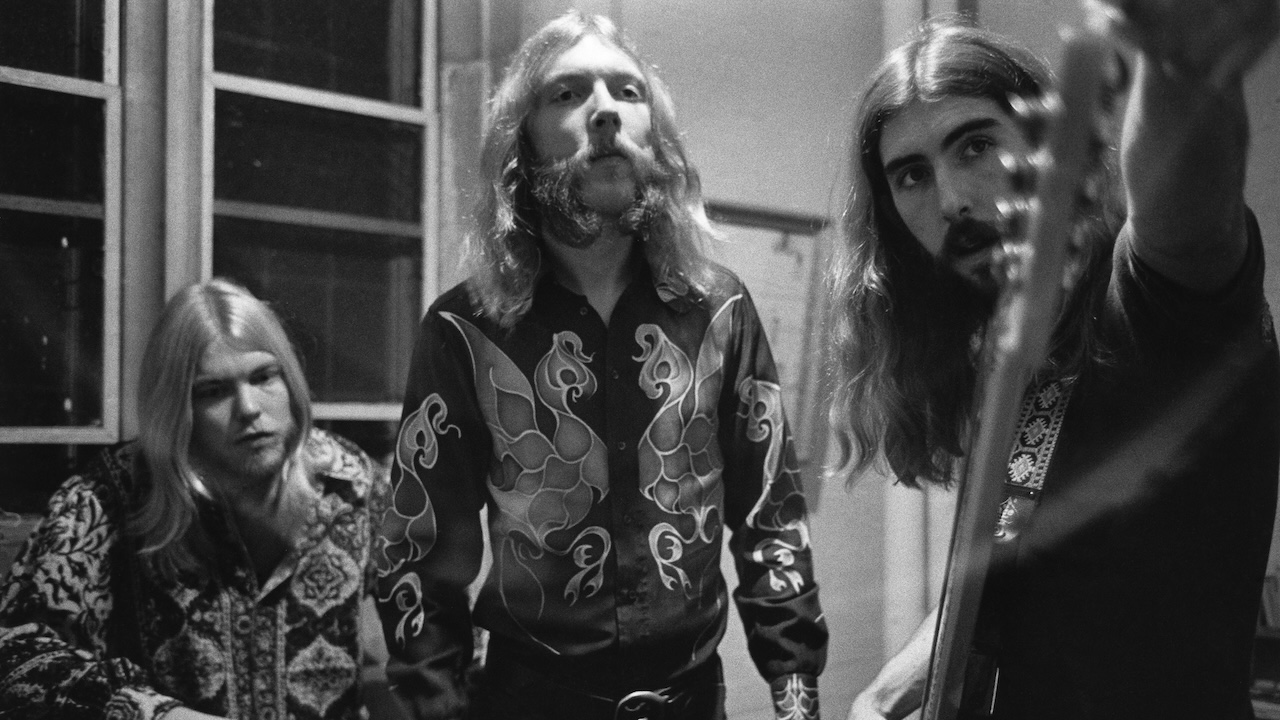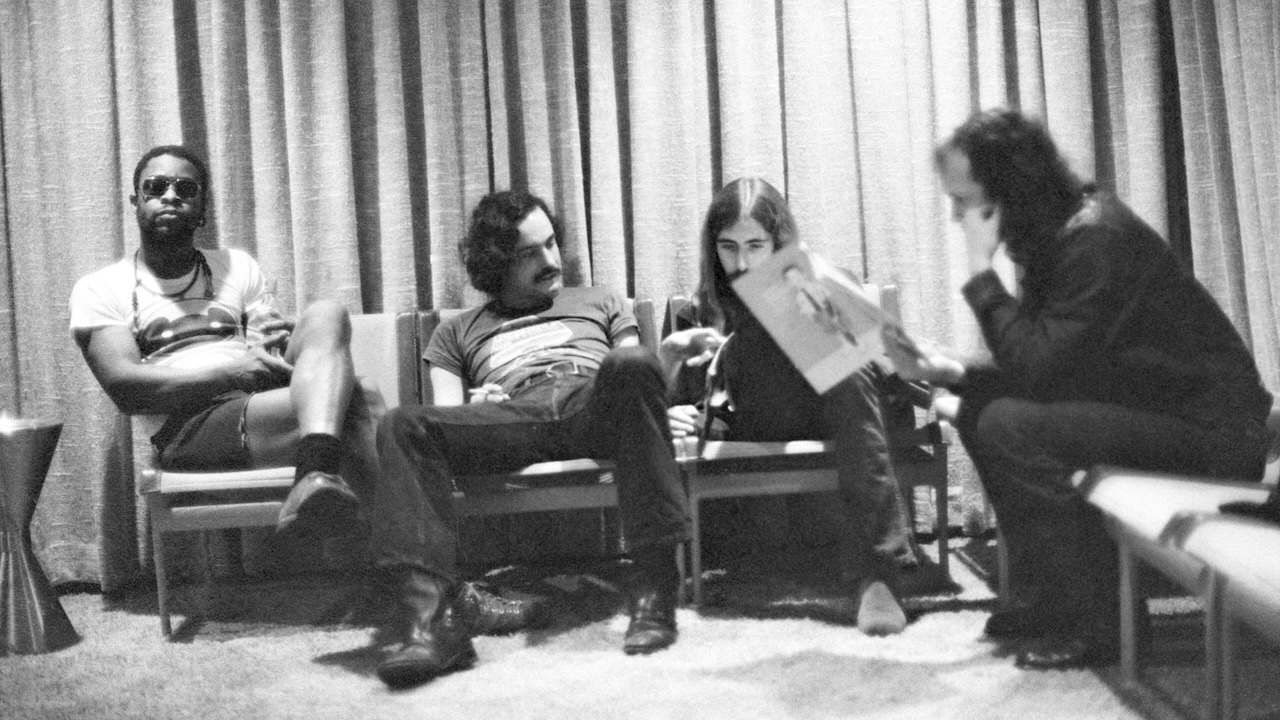
There aren’t many acts that can boast a musical career that spanned six decades. But since coalescing around Florida-raised siblings Duane and Gregg in the late '60s, the Allman Brothers Band – with its potent brew of blues, rock, jazz, and country – effortlessly rode out changing musical trends, notching up a string of gold and platinum albums along the way.
The earliest incarnation of the band is the stuff of legend: Duane Allman's and Dickey Betts' sophisticated twin-axe lead approach showed what was possible with two guitars and a large slice of imagination.
The other band members were no slouches either, with Gregg Allman leading stylishly from the front, while drummers Butch Trucks and Jaimoe laid down the rhythm. For his part, bassist Berry Oakley employed plenty of melodic flair and a heavily modified '62 Fender Jazz Bass to help bind the whole thing together.

“Berry Oakley was an amazing bass player and should get more credit than he does,” said Oteil Burbridge, who played with the band from 1997 through to 2014. “Melissa is a textbook example. His bass playing is like a counterpoint to both the vocal and the guitar; he really captured the lightness of the groove, and that's important, because Gregg wanted that song to be different.”
The Georgia-based ensemble's first two albums for Capricorn Records, The Allman Brothers Band in 1969 and Idlewild South in 1970, emphatically signalled a major new force on the scene – but things really took off with the group's third offering, the seminal live double-album At the Fillmore East:
Frequently cited as one of the finest live recordings ever waxed, the Fillmore discs capture the original lineup at the height of its powers, as the Allman Brothers rip through a set of white-hot, jazz-tinged blues that pulse with consummate improvisatory interplay.
In late summer 1971, flush with the recent success of At the Fillmore East, the band started work on its third studio album at Criteria Studios in Miami. But tragedy struck on October 29, when Duane Allman spilled from his motorcycle after swerving to avoid a truck, dying a short time later from his injuries.
Despite this massive blow, the group opted to continue recording. The resulting nine-track double album, Eat a Peach, was released the following February – featuring music recorded both before, and after, Allman's death – and gave the band its first Top Ten placing.
The album's third song, Melissa, is a mellow, reflective number that provides a natural lull after the first two up-tempo tracks. Despite its laid-back vibe, the track bubbles along with a quiet energy, feeding off a hip Oakley sub-hook that squeezes maximum mileage from a simple rhythmic motif.
The song begins with an acoustic guitar intro that exploits the resonance of three open strings (low E, B, and high E), imbuing the chord changes – and the song – with an expansive, ethereal feel. Moving at a one-chord-per-bar pace, the intro sets out the song's main guitar pattern: E, E6/9sus4, Emaj7, and E6/9sus4.
When the rest of the band kicks in with a one-bar pickup, Oakley fixes on the C# from Gregg Allman's E6/9sus4 chord, before working his way down to the open E string on the downbeat, and the start of the first verse.
As the track beds down, Oakley's authoritative notes on the downbeat stamp Allman's guitar chords – unchanged from the intro – with an entirely new character: E, F#m7 (add4), Emaj 7/G# and F#m7(add4).

Here, and in similar sections throughout, the bass pattern pivots around a half-note (or repeated quarter-notes), followed by two 16ths on the first half of beat three, with a final three eighths rounding out the bar.
These phrases continually target the E on the 2nd fret of the D string, which functions alternately as the tonic of the E-based chords, or as the minor 7th of the F#m7(add4) chords, imparting a delicate jazzy flavour.
The shift to an A major chord in bar 11 spurs a doubling of the chord-change speed through bar 14. Berry is content here to simply anchor the harmony with root notes as the chords step up a full octave to cycle back to A.
Oakley falls back on the main pattern for the second verse – but watch out for his use of 16ths, as well as some deft rhythmic displacement to set up intriguing new rhythmic stresses. A brisk swoop then heralds the middle-eight section, eventually leading into Betts guitar solo and the slow fade out.

On November 11, 1972, tragedy struck again when Oakley was thrown from his '67 Triumph after colliding with a bus, only a few blocks from where Allman had crashed. Even though he initially walked away from the accident, Oakley died later the same day from cerebral swelling. He was 24.
The Allman Brothers Band members yet again decided to complete the album they were working on, releasing Brothers and Sisters in August 1973. Oakley plays on two of the seven tracks, while Lamar Williams covers bass duties on the other five. The disc remains the band's commercial highpoint, spending five weeks at the top of the U.S. album chart.
Over the years, the group split and reformed several times, undergoing various personnel changes in the process. The iconic Southern outfit was inducted into the Rock and Roll Hall of Fame in 1995, and honoured with a Grammy Lifetime Achievement Award in 2012.
“Berry was an integral part of the band's chemistry, in terms of both bass playing and writing, "Oteil Burbridge told Bass Player. "He doesn't get a writer's credit for Melissa or some other songs, but try changing his bassline and see how much it changes the song. Because of the way his lines are crafted, I consider him to be as much a composer as a bassist.”
Howard Duane Allman and Raymond Berry Oakley III are buried next to each other in Rose Hill Cemetery, Macon, Georgia.







